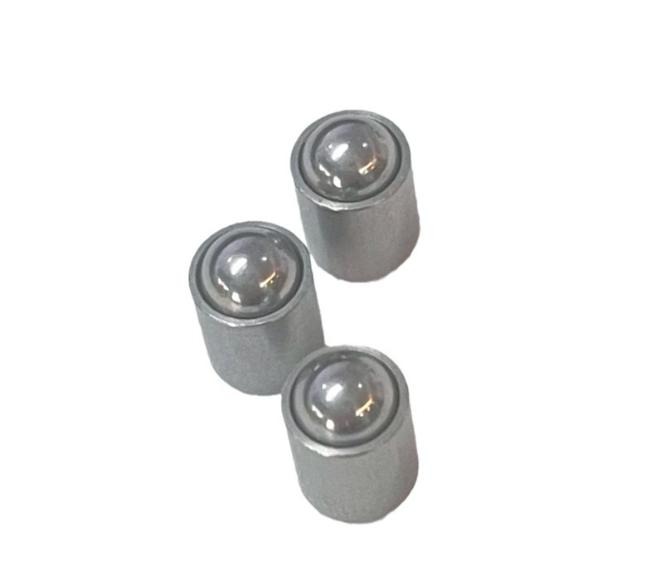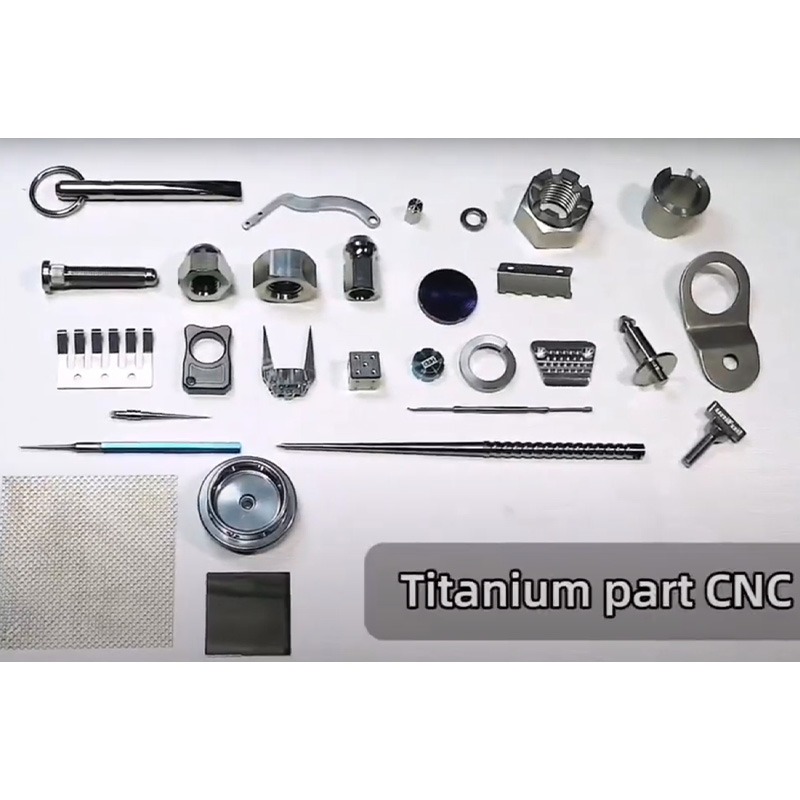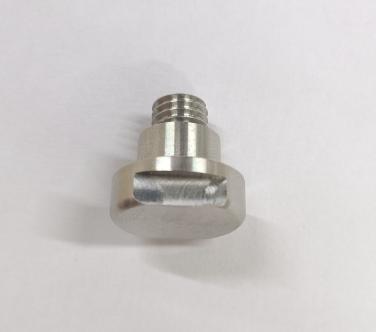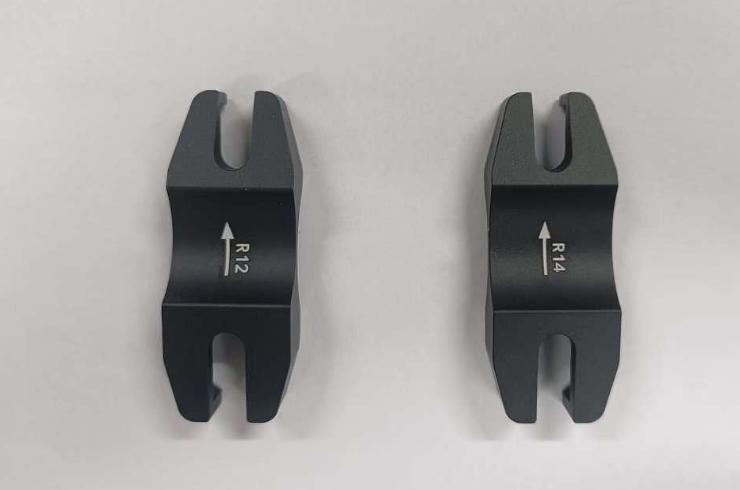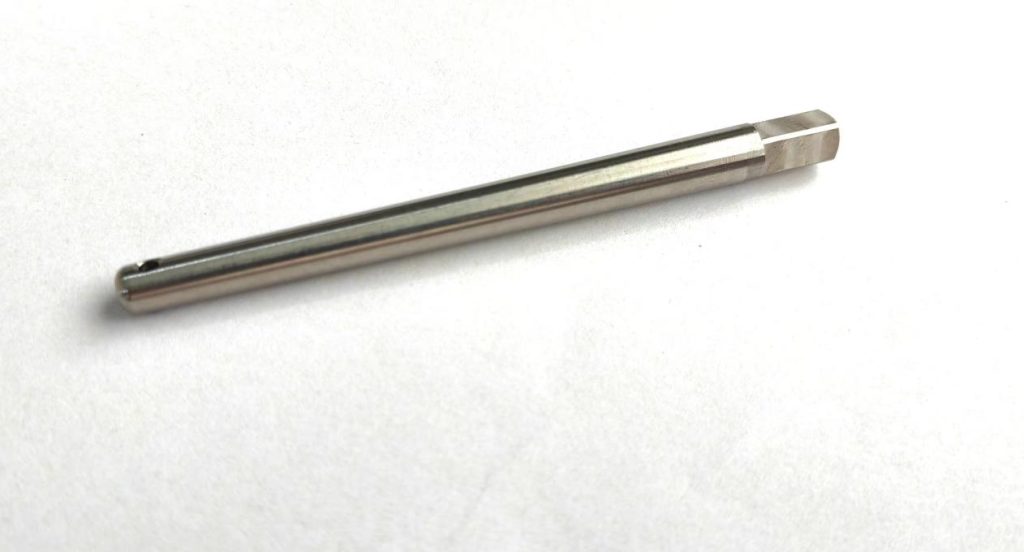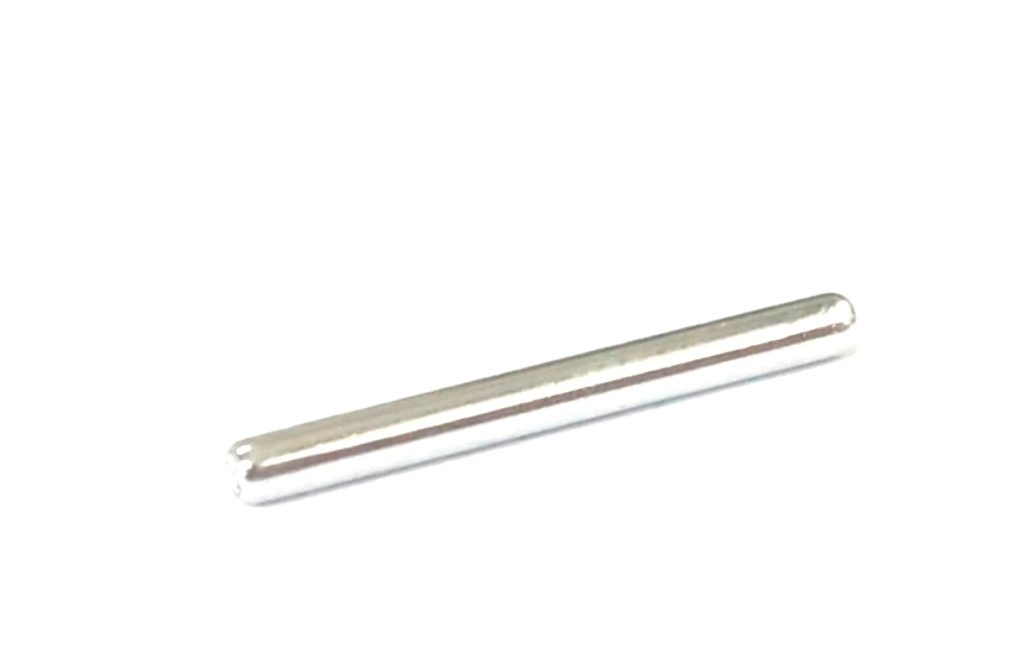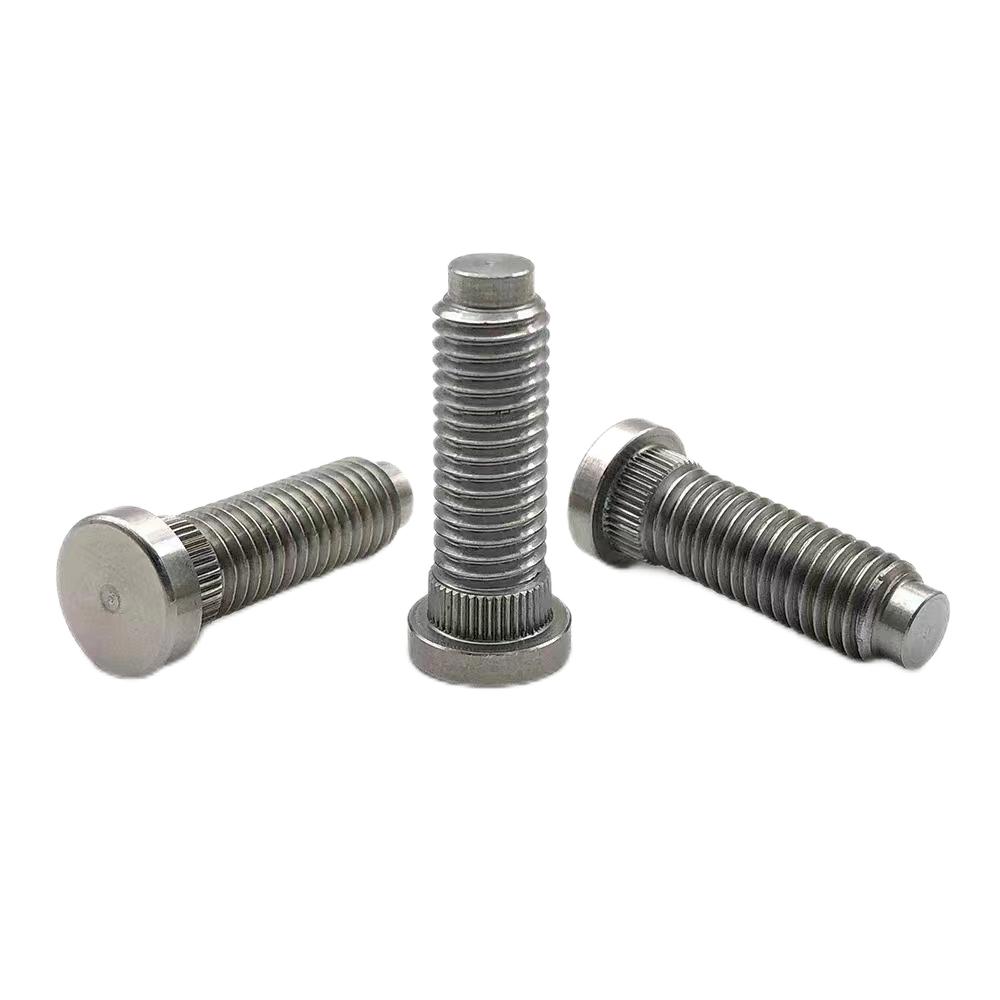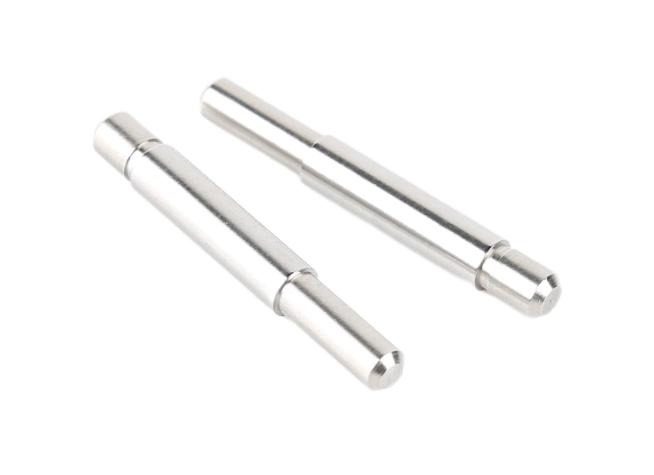Automation and Robotics in CNC Lathe Manufacturing: Enhancing Efficiency, Precision and Productivity
In the field of CNC lathe manufacturing, the integration of automation and robotics has revolutionized the production process, resulting in higher quality, shorter cycle times, and increased competitiveness. This article delves into the fascinating intersection of automation and robotics in CNC lathe manufacturing, exploring the benefits, applications, and future trends in this dynamic field.
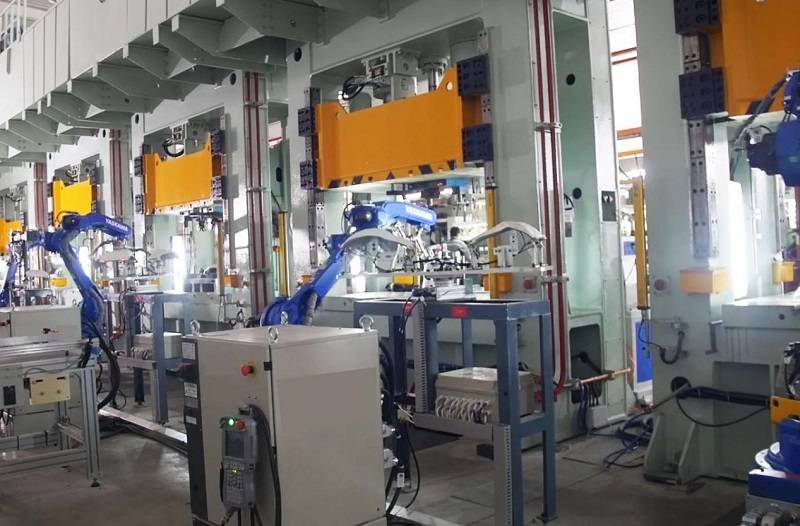
The Rise of CNC Lathe Manufacturing
CNC lathes have long been a pillar of the machining industry, allowing for the creation of intricate and precisely engineered components. These machines are controlled by computer programs and can perform high-precision turning operations. Automation and robotics integration have taken CNC lathe manufacturing to new heights with technological advancements, transforming the way components are produced.
Benefits of Automation and Robotics in CNC Lathe Manufacturing
Automation and robotics have become essential components of CNC lathe manufacturing, bringing with them a slew of advantages that have a significant impact on efficiency, productivity, and the overall competitiveness of manufacturing operations.
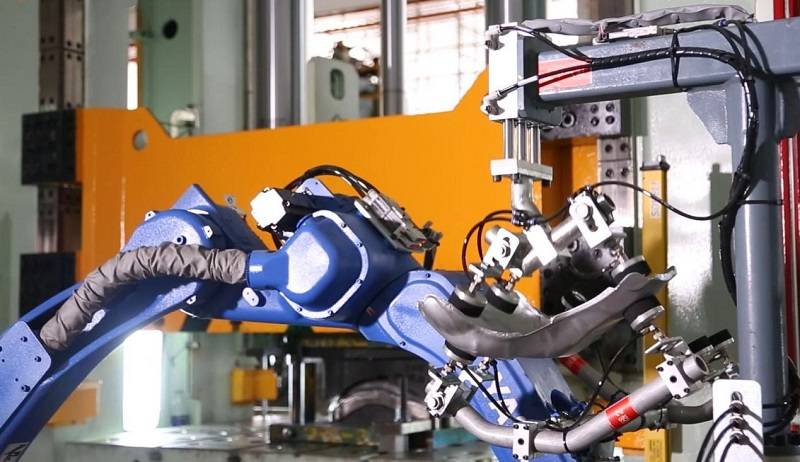
1. Enhanced Precision
The variability associated with manual operations is eliminated by automation and robotics. These systems can perform complex machining tasks with micron-level precision, ensuring the consistency in quality and precision of CNC machined components.
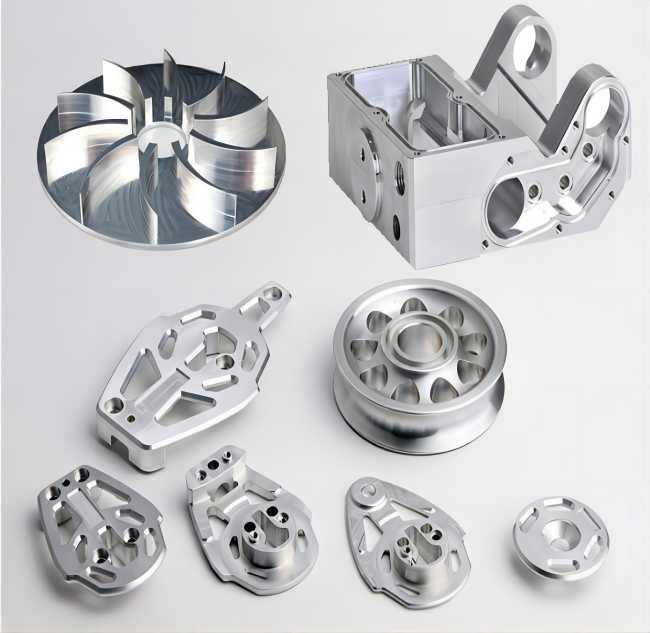
2. Increased Efficiency
Automated CNC lathes, especially when combined with robotic systems, significantly reduce idle time. Tool changes, part loading, and unloading that are quick and seamless contribute to continuous production runs, maximizing machine utilization and overall efficiency.
3. Reduced Cycle Times
The incorporation of robotics enables quick and efficient tool changes, reducing the time required to switch between different cutting tools. This reduction in cycle times results in higher production output and faster order turnaround.
4. 24/7 Operations – Lights-Out Manufacturing
Automation allows for lights-out manufacturing, in which CNC lathes can run continuously without human intervention. This 24/7 operation maximizes production capacity, especially for high-volume manufacturing, contributing to increased overall efficiency.
5. Labor Cost Savings
Automated systems reduce the reliance on human labor for routine tasks such as material handling, tool changes, and quality inspection. This results in significant labor cost savings over time.
6. Consistent Quality
Automation ensures that machining processes are carried out consistently. This consistency reduces defects and variations in the final product, contributing to overall product quality improvement.
7. Flexibility in Production
Automated CNC lathes with robotic systems offer greater flexibility in production. These systems can adapt to different job setups quickly, making it easier to switch between various parts and production runs.
8. Real-Time Quality Inspection
Real-time quality inspection of machined components is possible thanks to robotics integrated with vision systems and sensors. Defective parts can be identified and immediately removed from the production line, contributing to higher overall product quality.
9. Improved Safety
By automating repetitive and potentially hazardous tasks, such as heavy lifting or exposure to cutting tools, automation, and robotics contribute to a safer working environment for human operators.
10. Optimized Resource Utilization
Automation optimizes the use of resources, including raw materials and energy. With precise control over processes, there is less waste, and energy consumption can be more efficiently managed.
11. Data Collection and Analysis
Automation enables the collection of large amounts of data on machining processes. This data can be analyzed to identify areas for improvement, optimize toolpaths, and forecast maintenance requirements, all of which contribute to continuous process improvement.
12. Competitive Edge
Automation and robotics in CNC lathe manufacturing give companies a competitive advantage. The ability to produce high-quality components efficiently and cost-effectively positions businesses to meet market demands and stay ahead in the competitive manufacturing landscape.
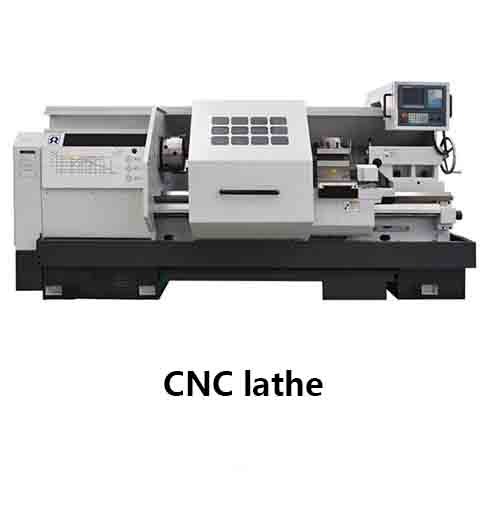
Applications of Automation and Robotics in CNC Lathe Manufacturing
1. Material Handling
Robotic arms are employed for loading raw materials onto the CNC lathe and unloading finished components, facilitating continuous operation without manual intervention.
2. Tool Changes
Automated tool changers enable rapid and precise switching between different cutting tools, enhancing the versatility of CNC lathes and reducing downtime.
3. Quality Inspection
Real-time quality inspection of CNC machined components is possible thanks to vision systems and sensors integrated with robotic arms. Defective parts can be identified and removed from the manufacturing line, ensuring that quality standards are met.
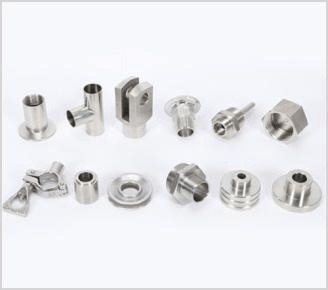
4. Multi-Axis Machining
Robotics enable the manipulation of workpieces in multiple axes, allowing for complex machining operations that would be challenging or impossible with traditional methods.
5. Integration with CAD/CAM Systems
CNC lathe automation is frequently integrated with Computer-Aided Design (CAD) and Computer-Aided Manufacturing (CAM) systems. This seamless integration ensures that design specifications are precisely translated into machining instructions.
Future Trends of Automation and Robotics in CNC Lathe Manufacturing
The evolution of automation and robotics in CNC lathe manufacturing shows no signs of slowing down. Future trends in this field include:
1. Artificial Intelligence (AI) Integration
AI algorithms can improve CNC lathe decision-making by optimizing toolpaths, predicting maintenance needs, and increasing overall efficiency.
2. Collaborative Robots (Cobots)
The integration of collaborative robots, which are designed to work alongside human operators, is becoming more common. Cobots can perform tasks requiring dexterity and adaptability, resulting in a more flexible manufacturing environment.
3. IoT Connectivity
The Internet of Things (IoT) is increasingly being incorporated into CNC lathe manufacturing, allowing for real-time monitoring, data analytics, and remote control of machines.
4. Additive Manufacturing Integration
The integration of additive manufacturing (3D printing) with CNC lathe operations is on the horizon, which will open up new opportunities for creating hybrid components with complex geometries.
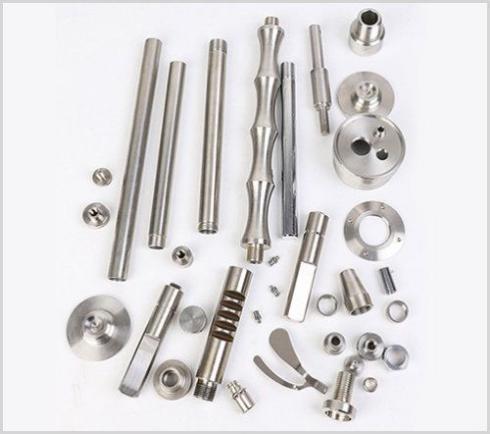
Conclusion
Automation and robotics have ushered in a new era of efficiency and precision in CNC lathe manufacturing. The convergence of intelligent automation, robotics, and machining processes will redefine the capabilities of CNC lathes as technology advances, propelling the manufacturing industry into a future of innovation and competitiveness. Embracing these advancements is not a choice, but rather a requirement for companies wishing to remain at the forefront of modern manufacturing.

